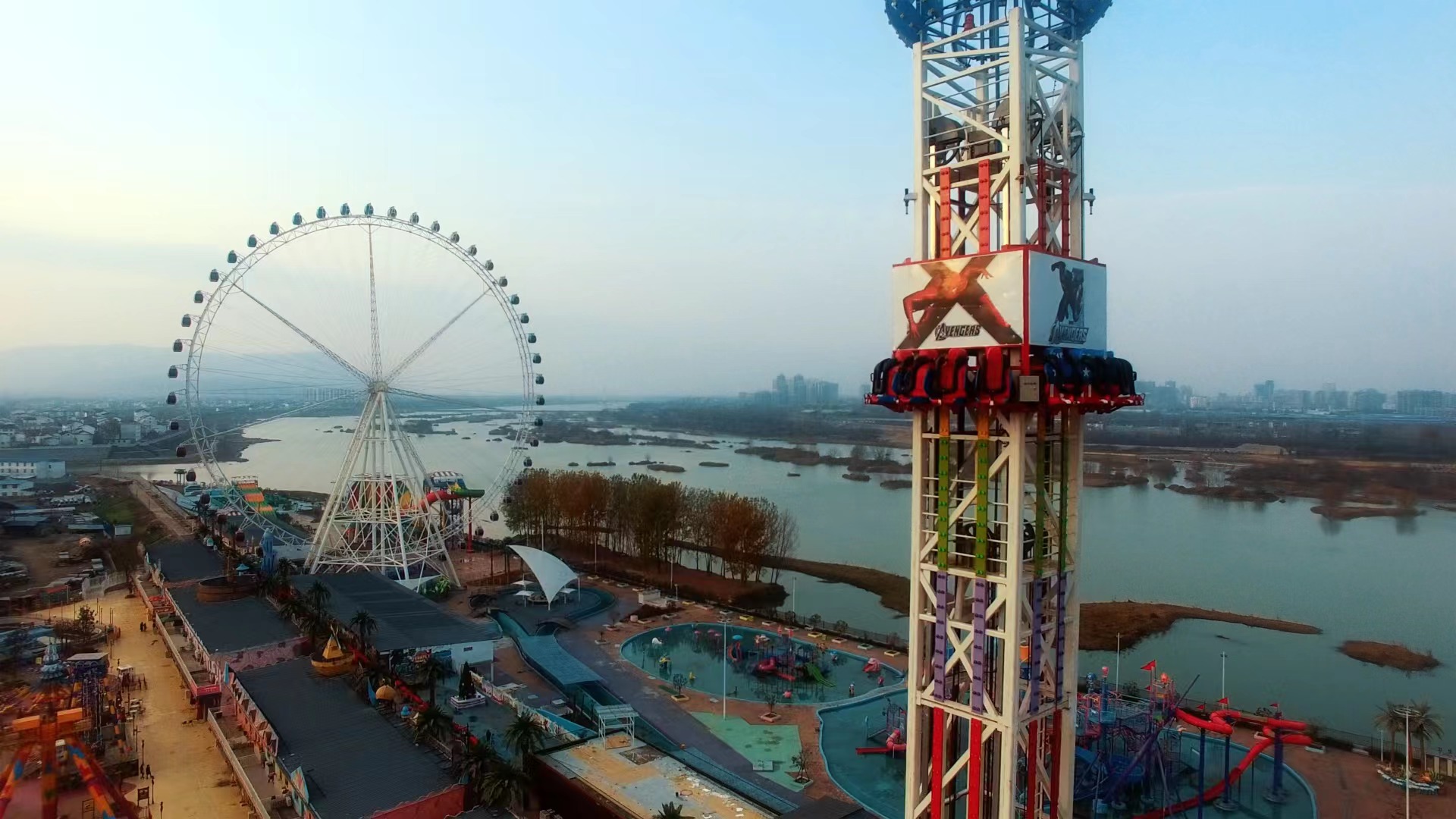- Albanian
- Arabic
- Belarusian
- Bengali
- Czech
- English
- French
- German
- Hebrew
- Hungarian
- Indonesian
- irish
- Italian
- Japanese
- kazakh
- Persian
- Russian
- Thai
- Uzbek
- Vietnamese
Types of Roller Coaster Rides - Thrilling Experiences for All
Types of Roller Coaster Rides
Roller coasters are one of the most exhilarating attractions in amusement parks around the world. With their thrilling drops, sharp turns, and high-speed twists, these rides offer an adrenaline rush that is hard to match. Roller coasters come in many different shapes and sizes, each providing a unique experience for riders. Here are some of the most popular types of roller coaster rides.
1. Steel Roller Coasters
Steel roller coasters are among the most common types and are known for their smooth rides and intricate designs. Constructed from tubular steel, these coasters can achieve greater heights and speeds than their wooden counterparts. Steel coasters often feature multiple loops, corkscrews, and other inversions, making them a favorite for thrill-seekers. Notable examples include Steel Vengeance at Cedar Point and Fury 325 at Carowinds.
2. Wooden Roller Coasters
Wooden roller coasters have a nostalgic charm and are often celebrated for their classic designs and natural feel. Constructed from wooden beams, these rides often have a rougher ride due to the flexibility of the wood. The sensation of speed on wooden coasters is particularly thrilling, especially during sharp turns and drops. Some famous wooden coasters include The Beast at Kings Island and Twister at Grona Lund.
Inverted roller coasters take the experience to a new level by suspending riders beneath the track. This design allows for unique inversions and thrilling drops. Riders hang freely, experiencing the sensation of flying as they soar through loops and corkscrews. Coasters like Batman The Ride at Six Flags parks have made this style immensely popular.
types of roller coaster rides

4. Floorless Roller Coasters
Floorless roller coasters are an innovative variation that removes the floor beneath the riders’ feet, enhancing the feeling of weightlessness. This design allows for dramatic drops and inversions, making every twist and turn feel even more intense. One of the most famous floorless coasters is Kraken at SeaWorld Orlando.
5. Launched Roller Coasters
Unlike traditional coasters that rely on gravity to propel cars, launched roller coasters use a rapid thrust system to send riders speeding into the ride experience. This method can create unexpected surprises, as riders are often shot forward at high speeds right from the start. Notable examples include Top Thrill Dragster at Cedar Point and Incredicoaster at Disneyland.
6. Spinning Roller Coasters
Spinning roller coasters introduce an additional layer of excitement by allowing the cars to spin freely on their axis. This creates a dynamic ride experience where riders can find themselves facing different directions throughout the journey. Coasters such as Revolution at Six Flags Magic Mountain highlight this innovative design.
Conclusion
The world of roller coasters is diverse and continually evolving, with new designs and technologies emerging to enhance the thrill of the ride. Whether you prefer the classic feel of wooden coasters or the smooth speed of steel, each type of roller coaster offers a unique adventure. As amusement parks continue to push the limits of creativity and engineering, riders can look forward to even more exhilarating experiences in the future. So, the next time you find yourself at an amusement park, take the plunge and explore the various types of roller coasters waiting to be conquered!
-
Flume Ride-Hebei Zhipao Amusement Equipment Manufacturing Co., Ltd.|Thrilling Water Attraction&Customizable DesignJul.30,2025
-
Flume Ride - Hebei Zhipao Amusement Equipment | Water Coaster, Thrilling DescentJul.30,2025
-
Flume Ride - Hebei Zhipao | Thrilling Water AttractionJul.30,2025
-
Flume Ride: Thrilling Water Attraction by Hebei Zhipao|Log Flume Manufacturers&Flume Ride DesignJul.30,2025
-
Flume Ride-Hebei Zhipao Amusement Equipment Manufacturing Co., Ltd.|Thrilling Water Coaster, Safe DesignJul.30,2025
-
Flume Ride-Hebei Zhipao Amusement Equipment Manufacturing Co., Ltd.|Thrilling Water Attraction, Safe DesignJul.30,2025
